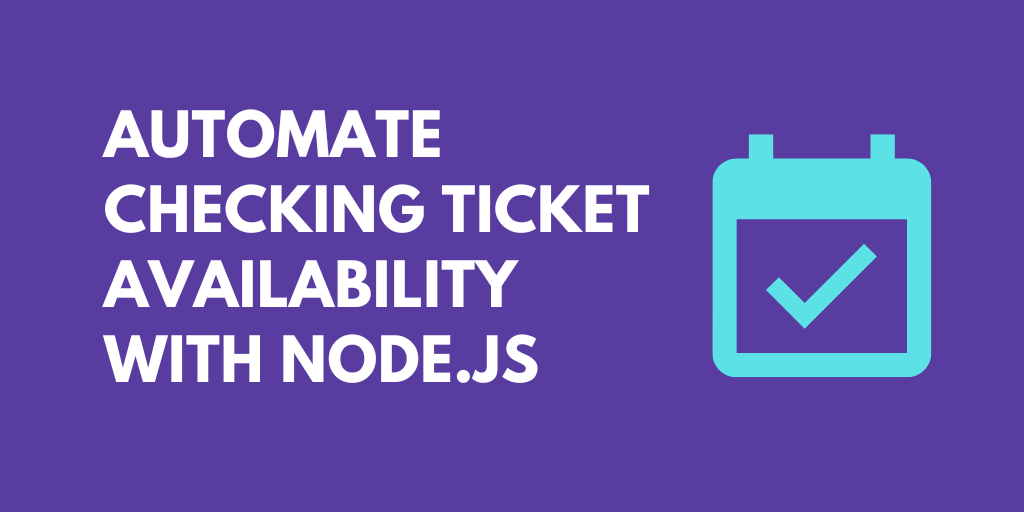What do you want to automate
with Sendblue and Node?
Prompt, edit and deploy AI agents that connect to Sendblue, Node and 3,000+ other apps in seconds.
Trusted by 1,000,000+ developers from startups to Fortune 500 companies
Popular Sendblue and Node Triggers#
Emit new event when a new inbound message is received. See the documentation
Emit new event when a new inbound message is received. See the documentation
Popular Sendblue and Node Actions#
Retrieve a list of your existing contacts from Sendblue. See the documentation
Write custom Node.js code and use any of the 400k+ npm packages available. Refer to the Pipedream Node docs to learn more.
Send a message to a group of recipients in an iMessage group
Send an iMessage or SMS to a specific phone number. See the documentation
Overview of Sendblue#
Sendblue API offers a powerful gateway to automate communication via iMessage, enabling businesses to send and receive messages programmatically. By leveraging Sendblue on Pipedream, you can create intricate workflows that respond to events in real-time, tailor customer interactions, and streamline notifications. It provides a unique opportunity to enhance customer engagement through one of the most widely used messaging platforms.
Connect Sendblue#
import { axios } from "@pipedream/platform"
export default defineComponent({
props: {
sendblue: {
type: "app",
app: "sendblue",
}
},
async run({steps, $}) {
const data = {
"number": `+19998887777`,
"content": `Hello world`,
"send_style": `Invisible`,
"media_url": `https://source.unsplash.com/random.png`,
"statusCallback": `https://example.com/message-status/1234abcd`,
}
return await axios($, {
method: "post",
url: `https://api.sendblue.co/api/send-message`,
headers: {
"sb-api-key-id": `${this.sendblue.$auth.api_key}`,
"sb-api-secret-key": `${this.sendblue.$auth.api_secret}`,
"Content-Type": `application/json`,
},
data,
})
},
})
Overview of Node#
Develop, run and deploy your Node.js code in Pipedream workflows, using it between no-code steps, with connected accounts, or integrate Data Stores and File Stores
This includes installing NPM packages, within your code without having to manage a package.json file or running npm install.
Below is an example of installing the axios package in a Pipedream Node.js code step. Pipedream imports the axios package, performs the API request, and shares the response with subsequent workflow steps:
Connect Node#
// To use previous step data, pass the `steps` object to the run() function
export default defineComponent({
async run({ steps, $ }) {
// Return data to use it in future steps
return steps.trigger.event
},
})Community Posts#
